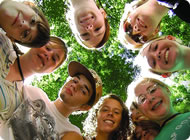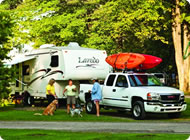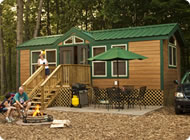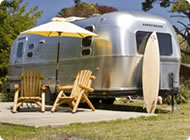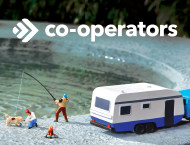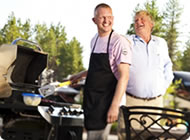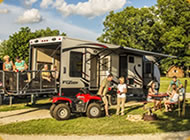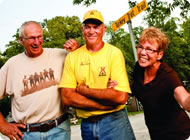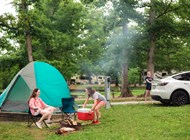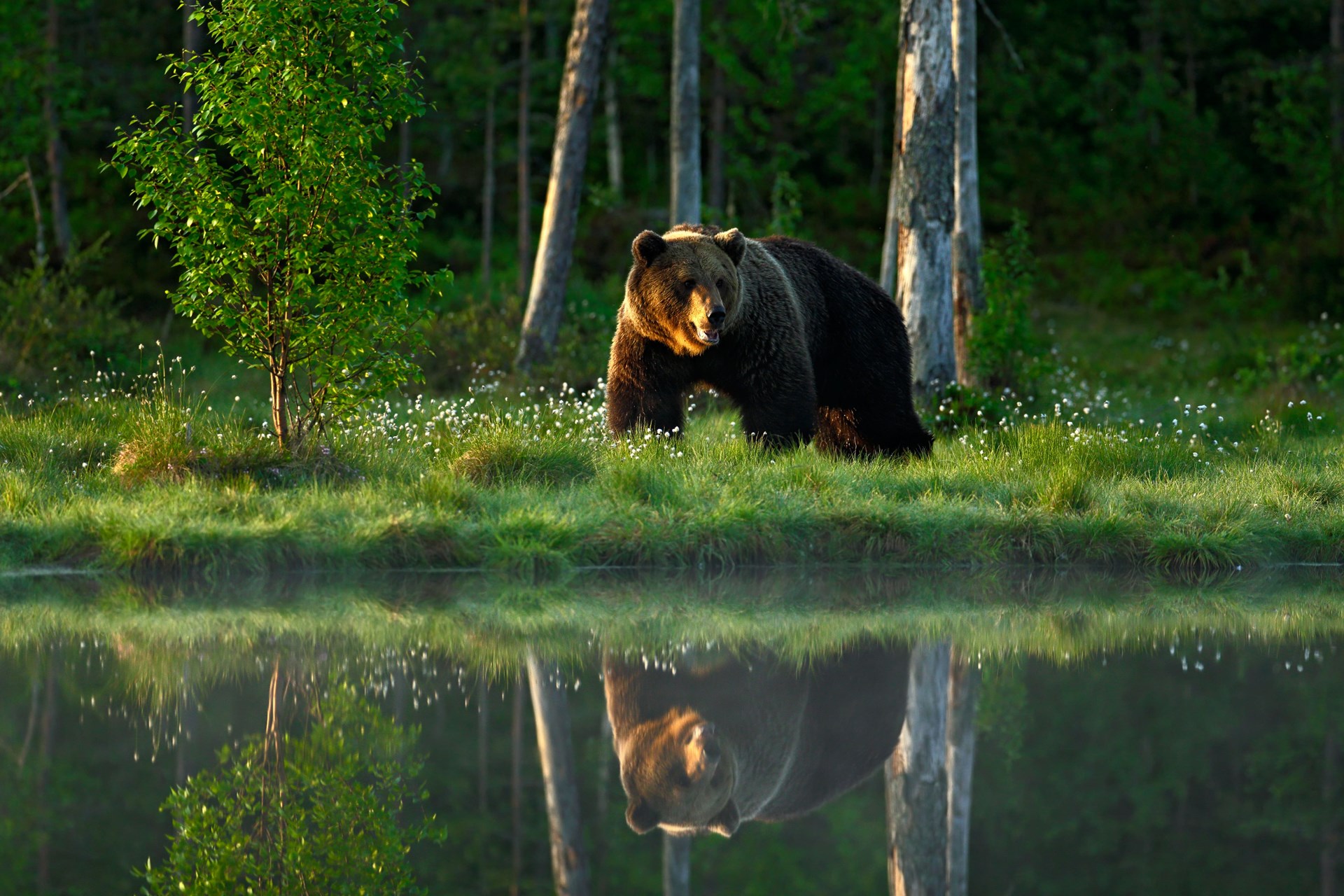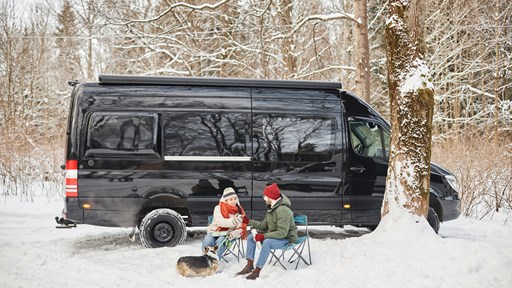Practice wildlife safety when you camp and explore the great outdoors. Taking caution around wild animals is important because it helps you and the animals stay safe while you explore the environment they call home. Viewing beautiful wildlife is a great way to experience the outdoors, but only when you do so responsibly.
Most wild animals naturally avoid humans, but they can attack if they feel threatened. Exploring with caution will allow you to enjoy the outdoors and witness wildlife safely. Here are a few expert wildlife safety tips to remember during your next adventure.
Maintain a Safe Distance
When exploring the outdoors, try to stay on trails as much as possible, especially at night. You are exploring animals’ habitats, and you never know where an animal may be resting. While animals occasionally wander across trails, they typically avoid areas with high human traffic, so staying on the trails will help keep you safe.
Maintain distance anytime you see or encounter a wild animal. If you love animals and hiking, you may feel tempted to approach a wild animal on your journeys. However, getting too close could result in serious injury or death. Wild animals can become defensive if you invade their space, so maintaining distance will help you stay safe. This is especially important if you encounter baby animals. A mother is sure to be close wherever there are babies, and mothers attack if you get close.
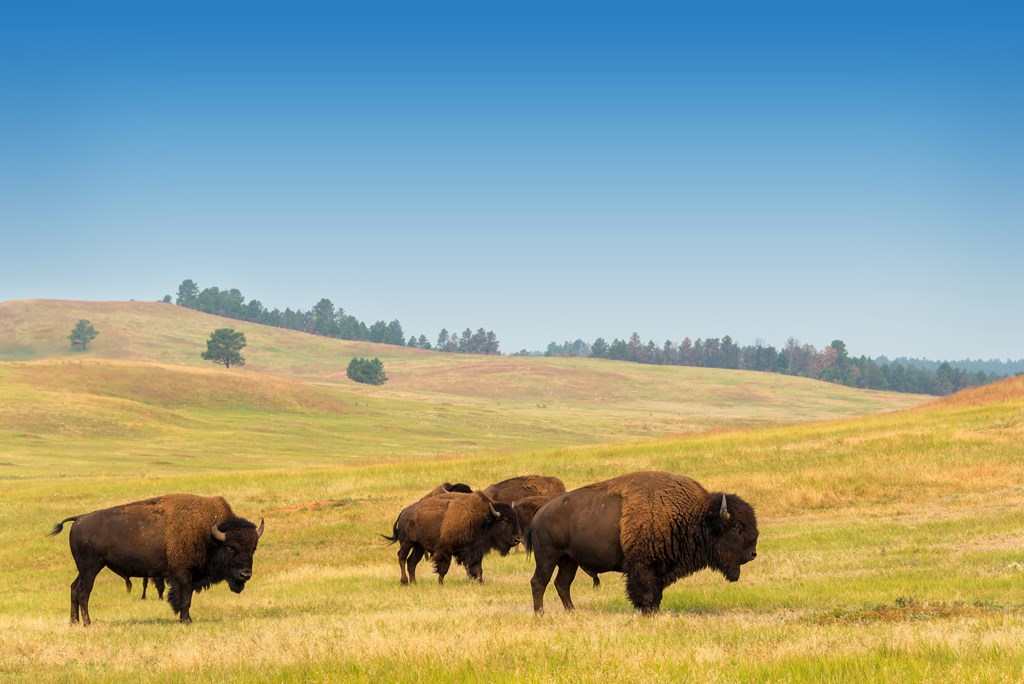
Avoid Feeding Wild Animals
Avoid feeding wild animals to protect both yourself and the animals. If you approach a wild animal with food, it may bite or attack you. Keep yourself and food away from animals if you encounter them. Keep trails and other outdoor areas free of human food, even when you are not near animals. If you leave food on the ground or forget to clear a picnic table at night, it can attract animals to the area and put you or others in danger.
Additionally, food can put animals at risk. Wild animals may start to rely on human food when hikers or campers provide it for them, which can lessen their survival skills and interfere with their natural behaviors.
Make Noise
Making noise is another way to practice wild animal safety. You can easily startle a wild animal if you are not careful, and they may try to attack if they feel threatened. Make noise when you walk or encounter an animal so they know you are nearby. Never sneak up on an animal or try to provoke them. If you encounter an animal, talk calmly so animals identify you as human and not mistake you for prey.
Watch for Animal Droppings and Tracks
Look for animal droppings and tracks as you explore the outdoors. Droppings and tracks indicate that animals may be nearby, so you can stay alert, practice caution and maintain a safe distance. Take extra safety measures by learning how to identify tracks and scat of different animals.
Stay Aware
While outdoors, use your senses to scan the area for any signs of animals. You might spot wildlife or hear noises that indicate it is nearby so you can stay away. Do not wear headphones, as music or other sounds could drown out an animal approaching.
How to Protect Yourself From Wild Animals While Camping and Hiking
Exercise safety while camping and exploring the outdoors. Camping is a fun and safe activity, but it is important to take extra precautions on your adventures because the outdoors can be unpredictable. You can take caution and maintain a safe distance from wild animals by avoiding them. However, if you do come into close proximity with a wild animal, there are ways to protect yourself. Remain calm and use the following safety tips if you come into close proximity to any of these wild animals:
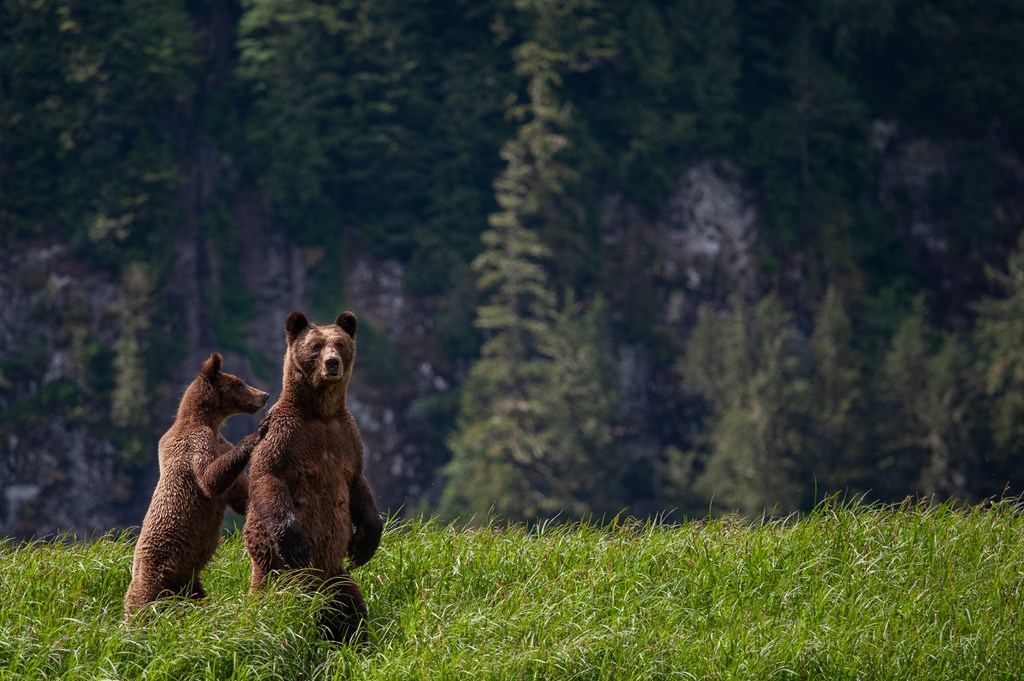
1. Bears
Knowing what to do if you see a bear while hiking can help you stay safe if you ever encounter one on your travels. Bear spray is a great form of hiking animal protection if you plan to explore bear-populated areas, but you can also keep the following bear safety tips in mind:
- Talk calmly.
- Slowly wave your arms above your head.
- Do not scream, make loud noises or make sudden movements.
- Make yourself appear as large as possible.
- Do not run or climb a tree.
- Walk sideways.
- Never get between a mother bear and her cubs.
Talk calmly and slowly wave your arms above your head to let a bear know you are human and not prey. Avoid making loud noises or running because this can prompt a bear to chase you. Black bears and grizzly bears can climb trees, so do not use a tree as an escape route. Carefully move to higher ground and make yourself appear larger if possible.
If the bear stands still, you can slowly walk away sideways because this movement is not as threatening to bears. If a bear charges you, use your bear spray or play dead by lying face down with your elbows over your face and your hands across the back of your neck.
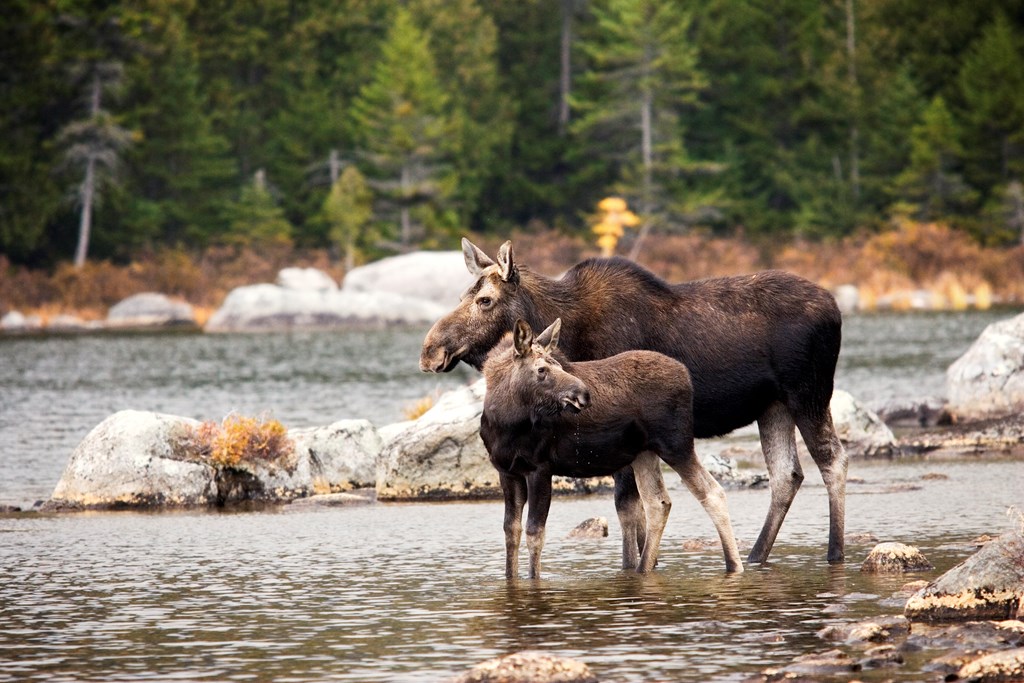
2. Moose
If you are wondering what to do if you see a moose while hiking, the most important precaution is to maintain distance. Moose are not inherently aggressive, but they will defend themselves if they feel threatened. They are enormous, standing about 6 feet tall at the shoulder, and bulls can weigh over 1,500 pounds. Their large size means you want to avoid doing anything that could cause them to attack.
If you end up close to a moose, do not show any aggression. Walk away if the moose does not notice you, or talk softly and slowly move away if it does.
Here are some tips for what to do if a moose approaches you:
- Stay calm, and do not try to run away immediately.
- Make your presence known by talking.
- Back away in the direction you came while facing the moose.
If the moose shows any signs of charging you, run away or take cover. Hide behind something solid like a tree, get inside your car or run to the nearest building. If a moose knocks you over, protect your head by curling into a ball and lying still until the moose leaves.
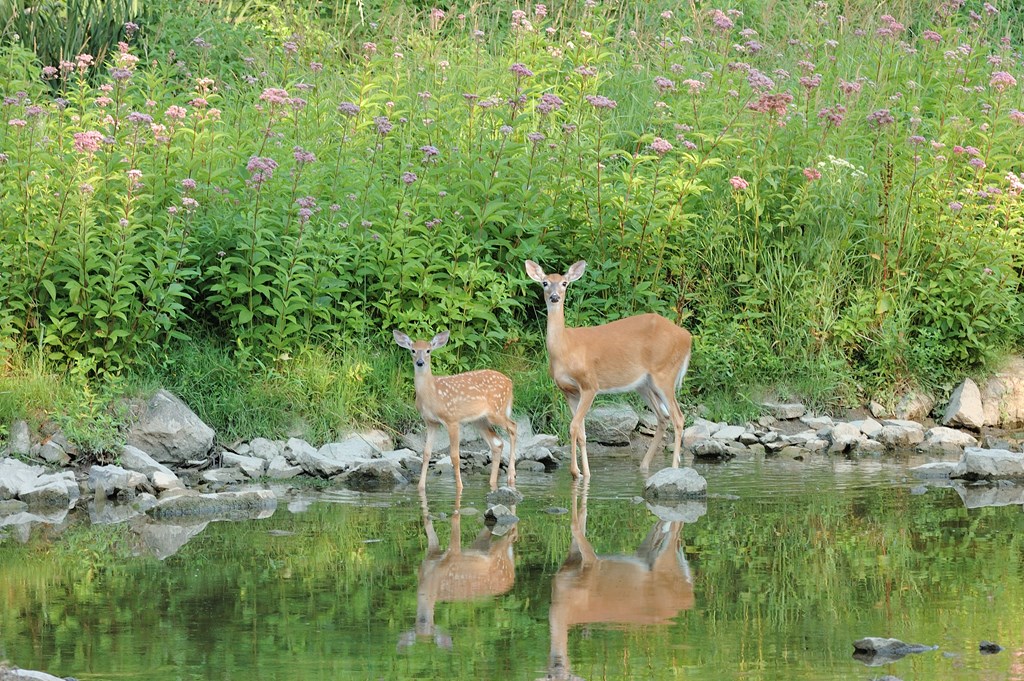
3. Deer
It is important to know what to do if you encounter a deer while walking, even though they seem like very docile animals. Deer typically run away when they encounter humans, but they may also charge if they feel threatened. Watch out for female deer with young fawns in spring. These deer want to protect their young and might show more aggression than the typical deer you would encounter in the wild. Male deer tend to be more aggressive during the fall mating season.
Here are a few signs of aggression a deer might show before it attacks:
- Tail tucked against the rump
- Ears dropped with a stern look
- Head held flat or slightly above the shoulders
When you see a deer, try to slowly back away from the area. Face the deer as you walk away to avoid an attack from behind. As you back away, stay quiet and calm to avoid alerting the deer of your presence. Run away or climb a tree if a deer charges you, or play dead if you are unable to flee.
Sometimes, when deer try to follow you, you can wave a shirt or your arms and make noise. These actions might scare the deer away from your path.

4. Snakes
Snakes are small but often dangerous. Try to avoid them in the wild by staying away from places they like to hide, such as:
- Tall grass.
- Thick underbrush.
- Rocks.
- Fallen branches.
If you encounter a snake, maintain distance. Back away slowly and quietly, and avoid sudden movements. When hiking or exploring, avoid placing your hands and feet in holes or cracks, as a snake could be lurking, ready to bite. You can also avoid snake encounters by checking rocks and logs before sitting. Treat any snake you see as venomous rather than going closer to identify it.
Seek immediate medical attention if a venomous snake bites you. Do not try to suck out the poison, use a tourniquet or try other folk treatments. Take off any jewelry or things that could constrict the bitten area, and try to keep the injury immobilized and below the level of the heart. When you go to the hospital, try to bring a picture of the snake so medical professionals can identify it and find the right antivenom.
Enjoy Safe Camping at Kampgrounds of America
Experience a fun, relaxing and safe camping experience at KOA. At different KOA locations, you can enjoy Tent Sites, RV Sites, cozy Camping Cabins or unique Lodging options. KOA offers convenient amenities such as clean bathrooms with hot water, playgrounds, laundry facilities, a KOA store and helpful staff. Some KOA locations offer unique amenities and activities such as pools, sports courts, dog parks, hot tubs, staff-led activities and other fun perks.
Whether you want to hike trails or relax around a campfire, KOA provides a safe place to have fun and rest your head at night. Book a stay at KOA to enjoy a safe camping experience.
About the Author: Kampgrounds of America
Kampgrounds of America is the largest system of open-to-the-public campgrounds in the world, with over 500 locations across the United States and Canada. Founded in Billings, MT in 1962, KOA’s family of campground brands – KOA Journey, KOA Holiday and KOA Resort – today serve more than a million camping families each year. KOA is dedicated to “connecting people to the outdoors and each other” by providing people with a variety of camping experiences and the information they need to make the most of their camping trip. Read more of their camping and travel resources by visiting KOA.com/blog.








